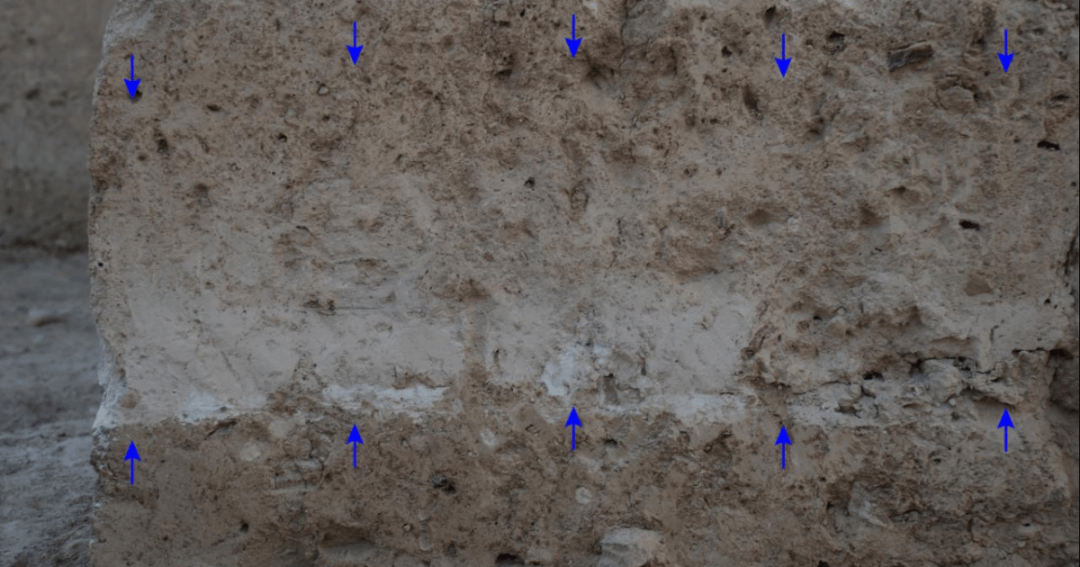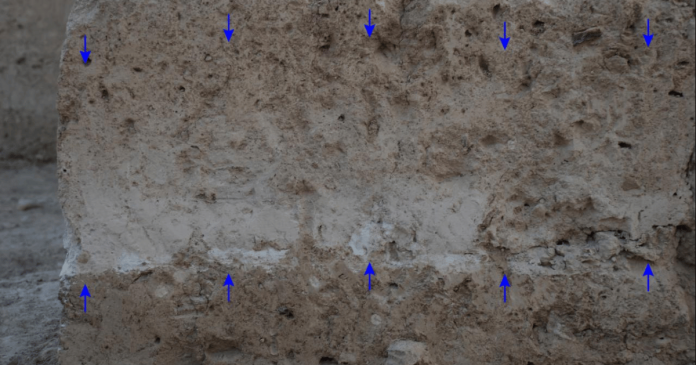Volcanic ash from the Santorini eruption has been discovered at Tepecik Höyük. Tepecik Höyük is an archaeological site in Çine district, Aydın province, Türkiye. Professor Dr. Sevinç Günel from Hacettepe University found the ash during excavations. These layers date back about 3,500 years and offer new evidence of the eruption’s widespread impact. This finding sheds new light on the environmental and cultural impacts of one of history’s most powerful volcanic events.

Archaeologists uncovered a dense ash layer at Tepecik Höyük, during the 2023 field season. A site with remains dating back 7,500 years. The ash’s unusual color and composition led the team to suspect a link to a major volcanic eruption. To test this theory, they sent samples to the Atomic Institute at Vienna University of Technology, a leading center for geological and volcanic analysis.
Scientific Confirmation Links Ash to Santorini
Lab results showed that the ash contains chemical elements matching those in volcanic deposits from Santorini’s eruption around 1600–1500 BCE. This eruption ranks among the largest in recorded history. It had major effects across the Eastern Mediterranean, reshaping landscapes and disrupting ancient societies.
Professor Dr. Sevinç Günel explained the significance of the findings: “The ash discovered at Tepecik Höyük is not only widespread but also forms thick layers across the site. These characteristics align perfectly with the fallout patterns expected from a large-scale volcanic event like the Santorini eruption.” She added that microscopic crystal-like structures within the ash—typical of pyroclastic materials—further corroborated its volcanic origin.
Implications of the Discovery

The discovery was published in Anatolica, a respected international archaeology journal. It highlights the importance of studying ancient environmental events and their effects on early civilizations. Professor Günel notes that finding Santorini ash at Tepecik Höyük shows how far the eruption’s impact reached; well beyond the Aegean Sea.
Günel stated “The ash was found not only over architectural remnants but also covering human skeletal remains”. “This suggests that the eruption and subsequent seismic activity may have directly influenced life in this part of Western Anatolia, potentially leading to significant societal changes.”
A Wider Environmental Impact
The Santorini eruption, which likely occurred around 1600–1500 BCE, reshaped the Eastern Mediterranean landscape and disrupted Bronze Age civilizations such as the Minoans on Crete. The eruption spread ash across vast distances, reaching as far as Egypt and Turkey.
At Tepecik Höyük, researchers found a thick layer of ash from the Santorini eruption. This discovery shows how powerful the blast was—strong enough to carry volcanic material across thousands of kilometers. Professor Günel highlighted the interdisciplinary approach, blending archaeology, geology, and chemistry to better understand ancient environmental changes and their impact on early human societies.
“This finding enriches our understanding of how ancient communities interacted with their environment and adapted to natural disasters,” she concluded. “It also underscores the importance of continued research at sites like Tepecik Höyük, where layers of history remain buried, waiting to reveal their secrets.”
Excavations at Tepecik Höyük continue to reveal how natural forces shaped human development in prehistoric times. These findings offer insights into resilience and adaptation; lessons that remain relevant for today’s global challenges.
For more curious discoveries out of Turkiye check out Millennium-Old Sundial Unveiled at Historic Ani Archaeological Site

